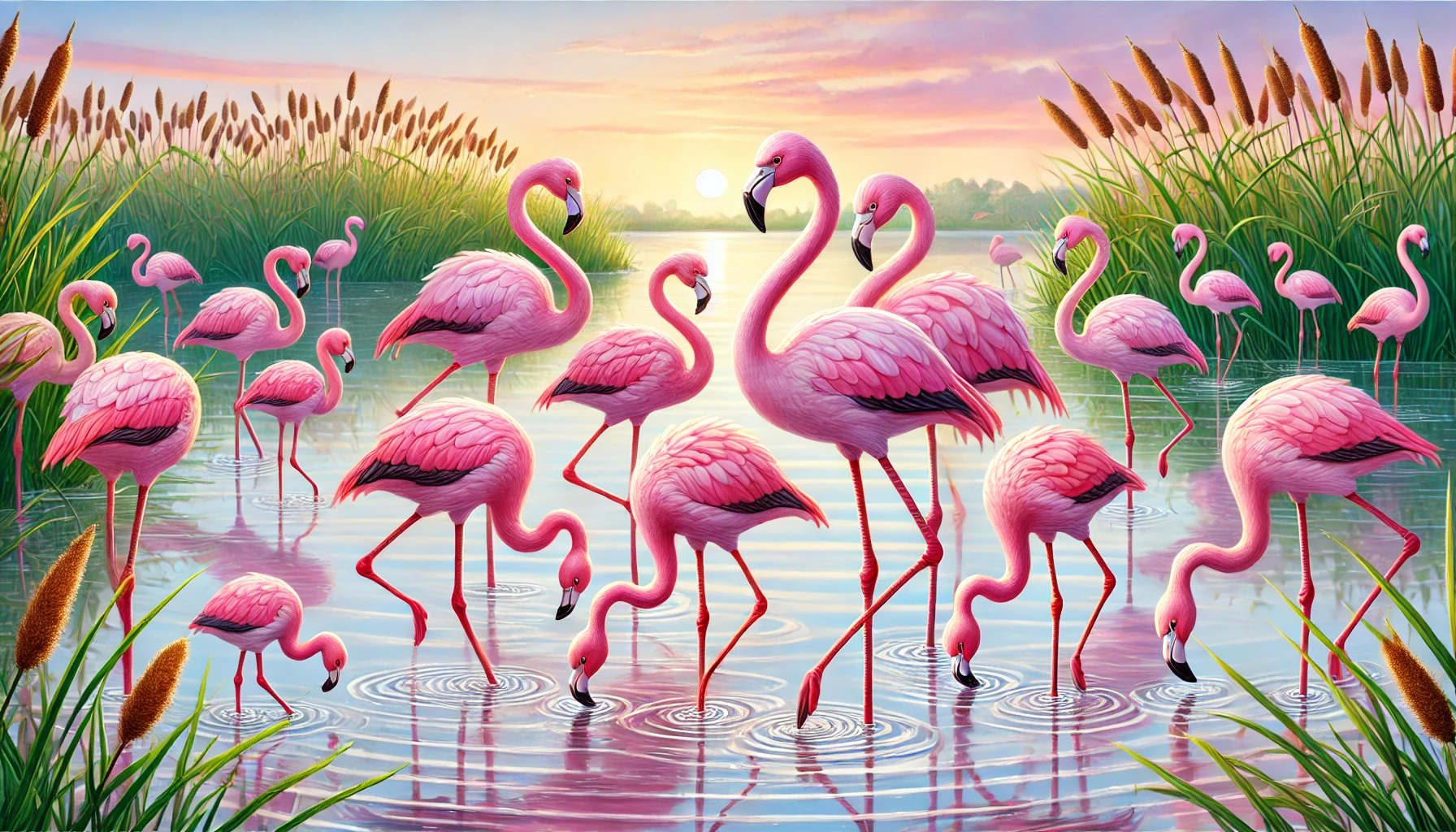Interesting Facts About Flamingos and Their Behavior
Interesting Facts About Flamingos and Their Behavior
Table of Contents:
- Introduction to Flamingos and Their Behavior
- The Different Species of Flamingos
- Why Flamingos Are Pink and How They Get Their Color
- The Role of Flamingos in Ecosystems
- How Flamingos Thrive in Saltwater Environments
- Conclusion: Understanding the Unique Nature of Flamingo
Interesting Facts About Flamingos and Their Behavior
Flamingos are among the most recognizable birds in the world, famous for their long legs, graceful necks, and distinctive pink color. Found in tropical and subtropical regions, these social birds are known for their unique behaviors and important role in their ecosystems. In this article, we will explore interesting facts about flamingos, their behavior, and the reasons behind their striking appearance.
1. The Different Species of Flamingos
There are six different species of flamingos found across the globe. The greater flamingo is the largest and most widespread species, inhabiting parts of Africa, Southern Europe, and South Asia. The lesser flamingo, known for its smaller size and deeper pink color, is common in East Africa. Other species include the American flamingo, which is found in the Caribbean, and the Chilean, Andean, and James’s flamingos, which reside in South America. Each species of flamingos has adapted to specific environments, from saline lakes to coastal mudflats, showcasing the birds’ ability to thrive in diverse habitats.
2. Why Flamingos Are Pink and How They Get Their Color
The pink or reddish color of flamingos is one of their most iconic traits, but did you know that flamingos are not born pink? Baby flamingos are actually gray or white when they hatch. Their pink color comes from their diet, which consists primarily of algae, shrimp, and other small crustaceans rich in carotenoids, pigments found in their food. As flamingos consume these foods, the pigments are absorbed and deposited in their feathers, skin, and beaks, gradually turning them pink. The intensity of their color can vary depending on their diet, with flamingos in the wild often having more vibrant hues than those in captivity.
3. The Role of Flamingos in Ecosystems
Flamingos play a crucial role in maintaining the health of the ecosystems they inhabit. As filter feeders, they sift through mud and water to consume small organisms like algae, plankton, and crustaceans, which helps regulate the population of these species and maintain balance in their environments. By stirring up sediments while feeding, flamingos also help aerate the water, promoting nutrient cycling that benefits other aquatic life. In some regions, flamingos are important indicators of environmental health, as their presence in large numbers often signals a healthy, thriving ecosystem.
4. How Flamingos Thrive in Saltwater Environments
One of the most fascinating aspects of flamingos is their ability to thrive in extremely saline environments, such as salt flats, lagoons, and alkali lakes, where few other animals can survive. Flamingos have specialized glands near their eyes that allow them to excrete excess salt from the water they drink, enabling them to live in these inhospitable environments. Additionally, their long legs and webbed feet allow them to wade into deeper waters, where they can find food that other animals cannot access. These adaptations make flamingos perfectly suited for life in challenging saltwater ecosystems.
5. Conclusion: Understanding the Unique Nature of Flamingos
In conclusion, flamingos are extraordinary birds known for their distinctive pink color, social behavior, and ability to thrive in harsh environments. With six different species spread across the globe, they play a vital role in the ecosystems they inhabit by controlling populations of small aquatic organisms and promoting biodiversity. Whether admired for their beauty or their fascinating adaptations, flamingos continue to capture the imagination of bird enthusiasts and nature lovers alike. By learning more about flamingos, we can appreciate their unique place in the natural world and the importance of protecting their habitats.

<ⓒ WizardMedics (wizardmedics.com)>


